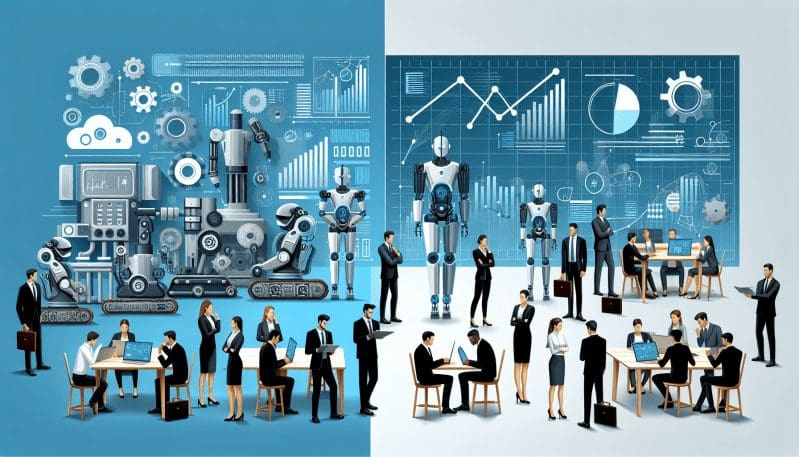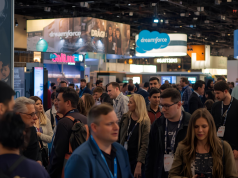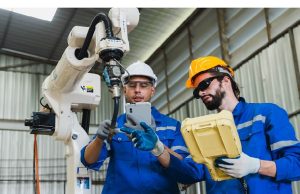In the city that never sleeps, the forces of innovation and technology continue to reshape the contours of employment and industry. New York, a bustling hub for finance, technology, healthcare, and media, is at the forefront of the automation revolution—a transformation that brings both boundless opportunity and significant challenge to the workforce.
The era of automation and artificial intelligence (AI) is upon us, altering the landscape of work in ways that are as promising as they are concerning. Automation is heralded for its ability to boost efficiency and productivity, create new markets and opportunities, and even perform tasks beyond human capability. Yet, there’s a palpable fear that robots and algorithms will not only supplement but supplant human roles, leading to unemployment and social disruption.
**Short-term Impacts on New York’s Major Sectors**
In the short term, New York’s finance sector feels the dual impact of automation. AI algorithms are capable of executing trades faster and more efficiently than any human. While this enhances performance, it also leads to a reduced need for traditional traders, prompting a shift in job descriptions towards roles that manage and interpret AI outcomes.
The healthcare sector sees a similar push and pull. Robotic surgery and diagnostic tools improve patient outcomes and increase hospital efficiency, but also necessitate a workforce skilled in technology management rather than just bedside care. Meanwhile, in media, content creation sees an infusion of AI assistance, but at what cost to journalistic integrity and the human touch?
**Long-term Impacts and the Evolution of Work**
Looking ahead, the implications grow more complex. As automation seeps into every crevice of industry, the nature of work will evolve. The demand for manual and routine cognitive tasks is likely to decline, and in their place, jobs requiring complex problem-solving, creativity, and emotional intelligence may flourish.
For New Yorkers, this means a shift towards lifelong learning and adaptability. Workers will need to embrace upskilling and reskilling, while companies must facilitate this transition, investing in their employees’ education and offering pathways to new careers within the evolving landscape.
**Preparing for Change**
Businesses can prepare by fostering a culture of continuous learning and by deploying automation in a way that complements human workers, rather than replaces them. Job design should be revisited to ensure that automation serves to enhance employee abilities rather than making them redundant.
**Policymaking for a Smooth Transition**
Government policies could play a pivotal role in cushioning the impact of the automation wave. Policymakers might consider incentives for companies that invest in worker training, support for displaced workers through enhanced unemployment benefits, and initiatives that encourage the creation of new job categories.
Moreover, there may be a need for a more radical policy intervention, such as universal basic income, to ensure economic stability in the face of widespread automation. Another avenue could be tax policies that favor human labor, or conversely, taxes on robots that replace humans.
The truth is, automation presents both an opportunity and an obstacle. New York, with its diverse economy and innovative spirit, has the potential to lead the way in navigating this dichotomy. By fostering a forward-looking, inclusive approach to workforce development and by embracing the inevitability of change, the city can set a global precedent for harmonizing technological advancement with human prosperity.
In conclusion, the question is not whether automation is an opportunity or an obstacle—it is undeniably both. The challenge for New York, and cities like it, is to leverage the opportunities while surmounting the obstacles. Businesses, workers, and policymakers alike must collaborate to ensure that the future of work is one defined by both technological excellence and enduring human value.




























